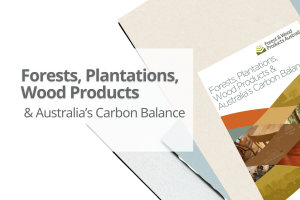Timber Construction and Building Height Planning Controls – The unintended consequences of the Planning System.
For the property development industry, the benefits of using timber building systems can lower costs and produce faster build times. For sustainability-driven local governments, it can reduce greenhouse gas emissions and increase carbon storage. So why isn’t it being encouraged?
A new report has found that mandatory height controls in the Victorian planning system have unintentionally penalised timber building systems, favouring the use of expensive, energy-intensive concrete and steel alternatives.
People familiar with the property sector will have noticed the growing popularity and visibility of timber in both the international and Australian markets. From innovative new mass timber systems such as cross laminated timber (CLT) to traditional stick framing, timber as a material is undergoing something of a renaissance, particularly in mid-rise developments (although it should be noted it’s often the much taller timber projects that seize the headlines).
A new report, Timber Construction and Building Height Planning Controls – The unintended consequences of the Planning System by Melbourne town planners, urban designers and landscape architects Tract, investigates the role of the Victorian planning system in determining the choice of materials used for construction projects. In the report, Tract conclude that predominant use of ‘metres’ rather than storeys in planning requirements is likely to constrain the uptake of timber in building construction. This is due to the additional height often required for the floor/ceiling system and the reluctance of developers to challenge the planning process.


